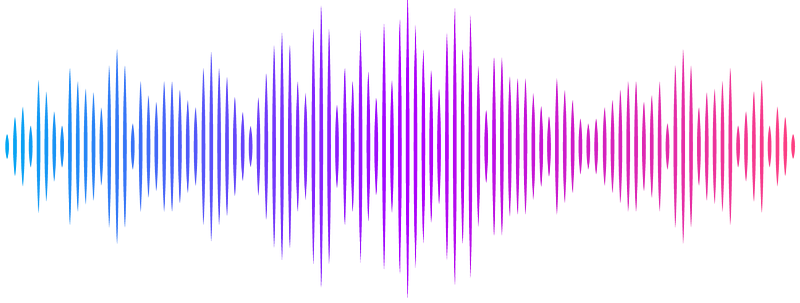Shared and diverging neural dynamics underlying false and veridical perception

Shared and diverging neural dynamics underlying false and veridical perception
Haarsma, J.; Hetenyi, D.; Kok, P.
AbstractWe often mistake visual noise for meaningful images, particularly when we strongly expect to see something. For instance, a cat owner might in a poorly lit room mistake a shadowy figure for a cat, due to their expectation to see one. These false percepts can sometimes be as convincing as veridical perception, leading to perceptual judgements of equal confidence. How might seemingly equivalent perceptual judgements occur in the face of such different sensory inputs? One possibility is that while false and veridical percepts are generated by different early sensory processes, subsequent neural mechanisms driving perceptual confidence are identical. To test this possibility, we used MEG to examine the neural mechanisms underlying veridical and false perception with high temporal precision. Participants performed a visual discrimination task requiring them to detect gratings with different orientations under high levels of sensory noise, while on 50% of trials no gratings were presented (noise-only trials). On a subset of noise-only trials, participants reported seeing a grating with high confidence, dubbed here false percepts. We found that high alpha/low beta [11-14Hz] power was increased just before falsely perceiving a grating in noise, but not before veridical percepts, potentially reflecting enhanced reliance on top-down signalling during false percepts. From 250ms post-stimulus, a converging neural signal reflecting perceptual confidence emerged for both absence and presence trials, reflecting an early final common pathway for both veridical and false perceptual inference.